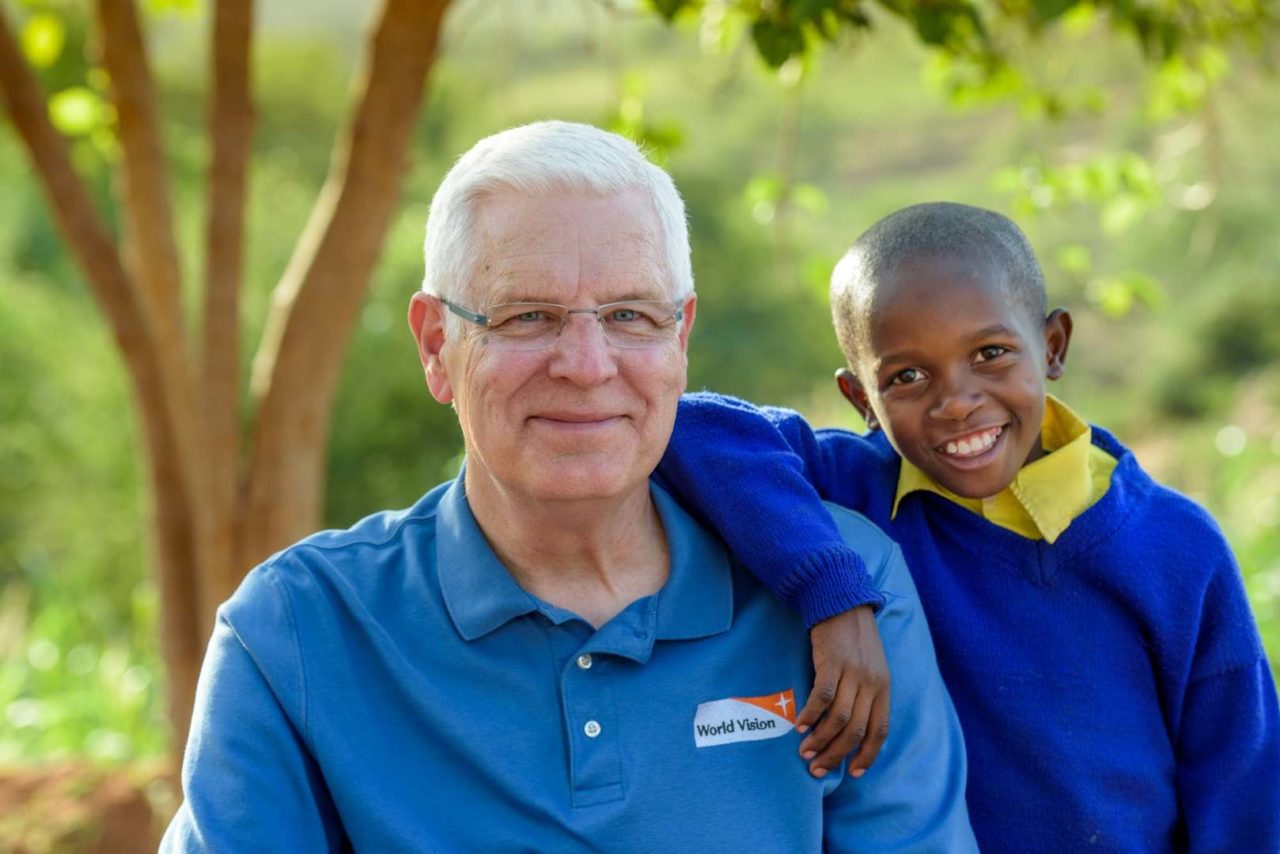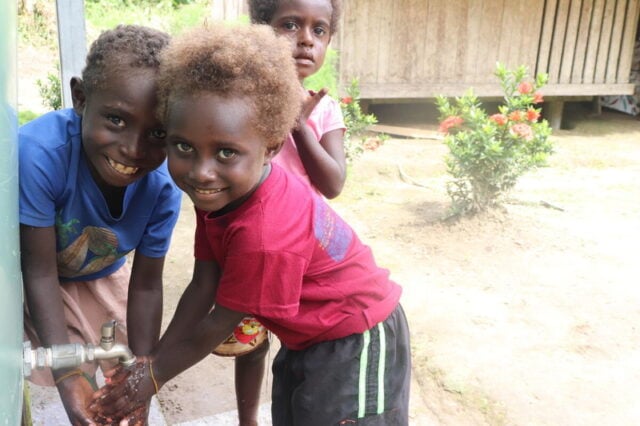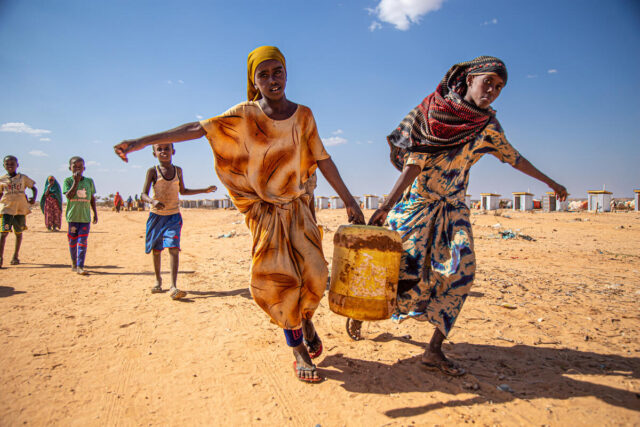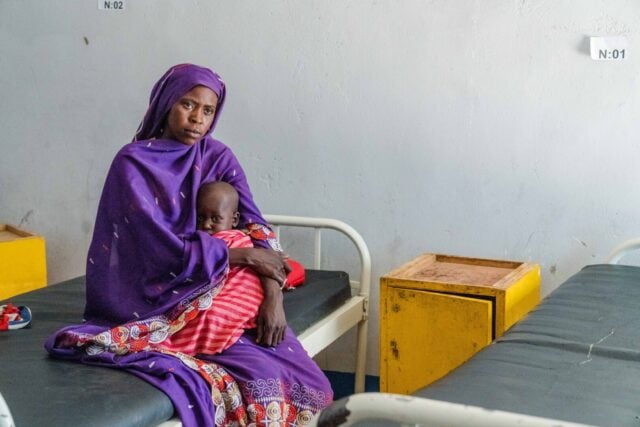Last year, on a brisk May morning in Seattle, I participated in World Vision’s Global 6K for Water. The sky threatened showers, and mud from a recent rain squished under my tennis shoes. At the race midpoint and finish line, volunteers handed out bottled water.
Water was everywhere! This made it difficult to imagine what it’s like to live where clean water is nowhere.
In America, we’re blessed. We seldom have to think about clean water because it’s readily available.
But I’ve been to many places where people can only dream of such a thing. I’ve met men and women in their 70s who have never taken a bath or shower with clean water. Can you imagine living your whole life without a decent bath?
I’ve also seen the remarkable ways clean water changes a community. It’s a turning point — leading to consistent education for kids, higher incomes for parents, and better nutrition and sanitation for everybody.

Kenya, to meet Nicholus. (©2017 World Vision/photo by Jon Warren)
A month after the Global 6K, I saw that process underway in Kalawa, Kenya — home to my newest sponsored child, 9-year-old Nicholus. At the Global 6K, I made the same decision as thousands of other participants to sponsor the child on our race bibs. Nicholus was on mine.
World Vision has been working in Kalawa for five years, and when we started, only 4% of the population had access to clean water and sanitation. Now it’s 44% and climbing, as the community expands the yield from aquifers with pipeline extensions and solar power. All of this clean water has cut the prevalence of water-related diseases by half.
The effect on healthy Nicholus was clear as he and I played an energetic game of Frisbee. He’s in school, and he also attends Bible club, devouring Bible verses and singing songs about Jesus. His mother, Jennifer, told me, “He doesn’t let us eat before we pray.”
Which brings me to another benefit of clean water I encountered in Kalawa: a rise in baptisms. You see, local churches previously held baptisms in the crocodile-infested river. Not surprisingly, pastors and new believers alike were reluctant to risk too much time there. But clean water piped into churches has removed that obstacle.
And people are making the connection. “The water is here by the mercy of God — the glory goes to God,” says Pastor Elizabeth Kyeva. “This has transformed the community.”
The dream of clean water is coming true for residents of Kalawa. And this year, I have my own dream.
World Vision has a bold plan to provide clean water to everyone, everywhere we work by 2030. We’re close to realizing that goal in Rwanda. My dream is to finish the job and provide clean water to all people in our project areas in Rwanda in five years.
I’m inspired by the change clean water has brought to Kalawa. It promises a life for Nicholus much like the one my own children enjoyed, marked by the absence of thirst and a relationship with Jesus, the Source of living water. I pray for this for all children — in Kenya, Rwanda, and across the globe.
Walk or run in the Global 6K for Water May 16, 2020. Every step you take is one they won’t have to.
World Vision U.S. President Rich Stearns is the author of The Hole In Our Gospel and Unfinished. Follow him at twitter.com/richstearns.



